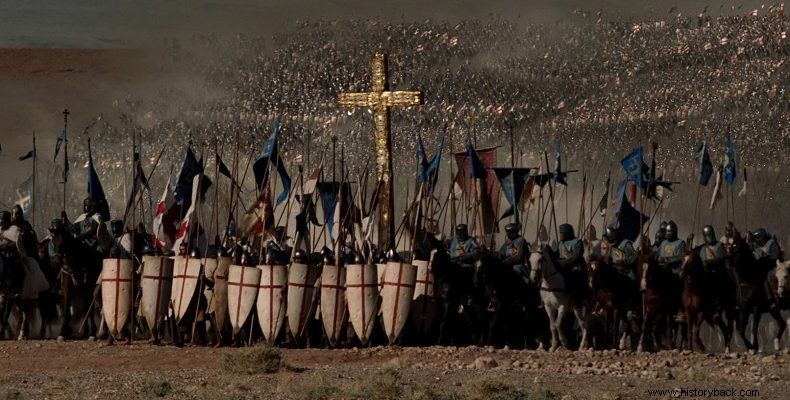
The first genetic analysis of the Crusaders in the Middle East confirms that they intermingled frequently with the local population and that, after having large families, they recruited their children into holy battles and died with them, just as they did with the natives Christians who fought on the side of the Western European Crusaders against the Muslims.
Scientists from Britain, Lebanon and Belgium, led by Dr. Chris Tyler-Smith of the British Wellcome Trust Sanger Institute of Genetics, who made the relevant publication in the American Journal of Human Genetics, analyzed ancient DNA from nine skeletons of the 13th century, discovered in the coastal city of Sidon in Lebanon.
In the Crusades that lasted between 1095 and 1291, many Europeans fought and died. While much is known about the noble Crusaders, much less is known about the common soldiers. A few years ago archaeologists had discovered in a burial pit in Sidon 25 skeletons, all men who had been killed violently in battle, as evidenced by the injuries to their skulls and other bones. Their bodies were then thrown into the pit and burned.
The new comprehensive genome analysis of nine of these skeletons, dated between 1025 and 1283, revealed that three were pure European (from Spain and Sardinia), four were Middle Eastern (probably recruited to the Crusaders) and two they had a mixed genetic "profile", which suggests that they were descendants of Europeans and Middle Easterners, apparently after admixture.
"Genomics provides us with an unprecedented understanding of the past, showing that Crusaders from Western Europe recruited local people into their battles, and even that Crusaders and Middle Easterners lived, fought and died side by side," said Dr Tyler-Smith. The alternative explanation - not so likely - would be that both the Crusaders and their Muslim opponents were buried in the same place.
The study concluded that the genetic presence of the Crusaders in the region was short-lived and did not leave a lasting imprint, as shown by the DNA of the inhabitants of present-day Lebanon. Modern Lebanese have more genetic similarity to the people of Lebanon during the Roman period 2,000 years ago, in other words the intervening Crusader DNA had no noticeable effect. This is probably because, when the battles ended, the descendants of the Crusaders married local women, until eventually, after successive generations, the genetic traces of the Crusaders were lost.
SOURCE:APE-ME
